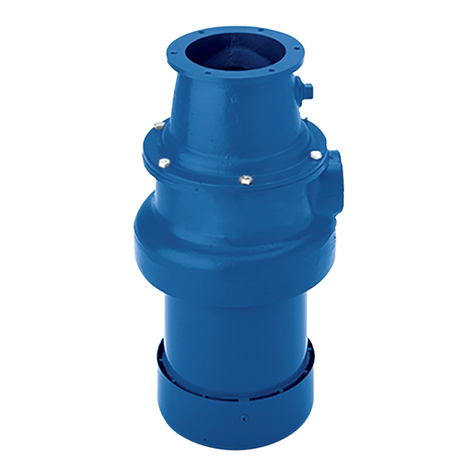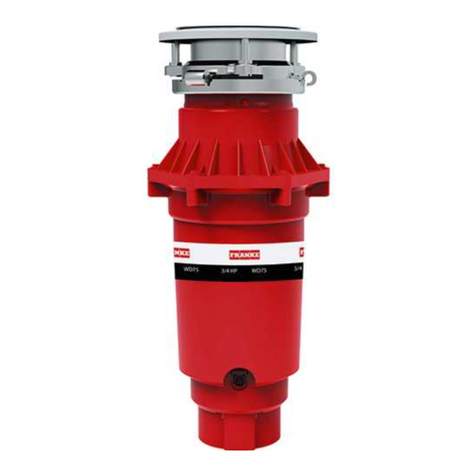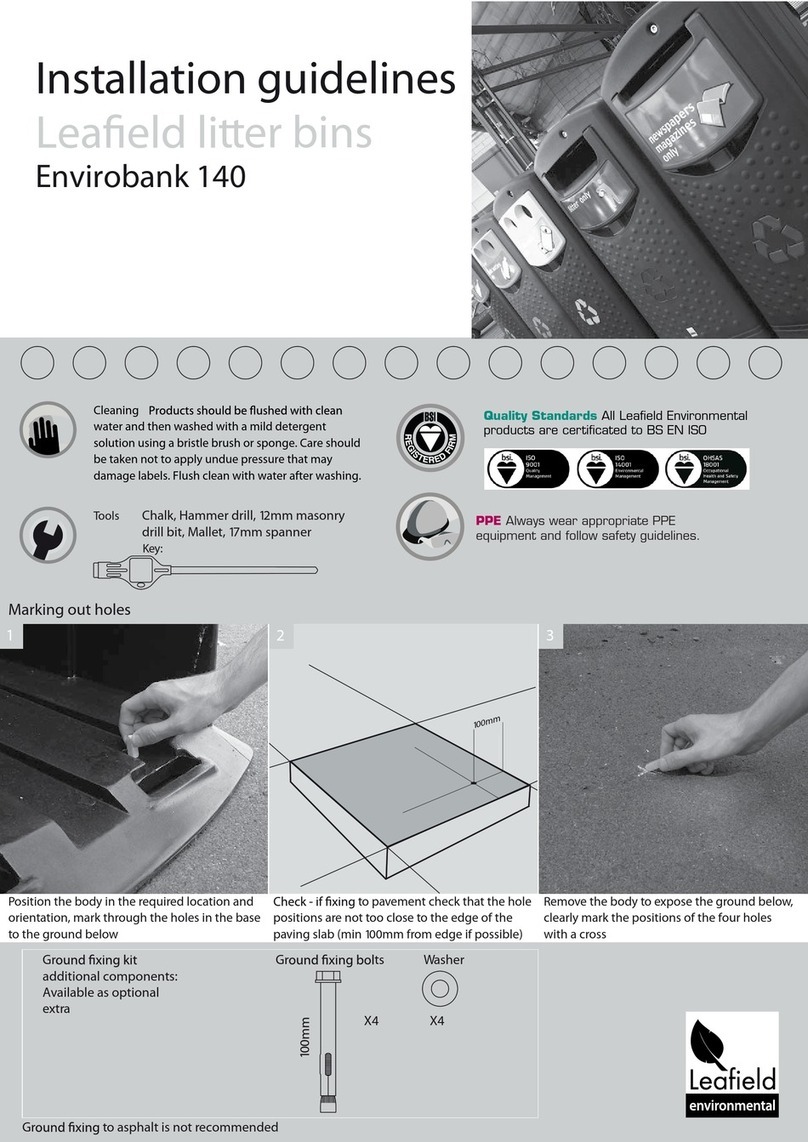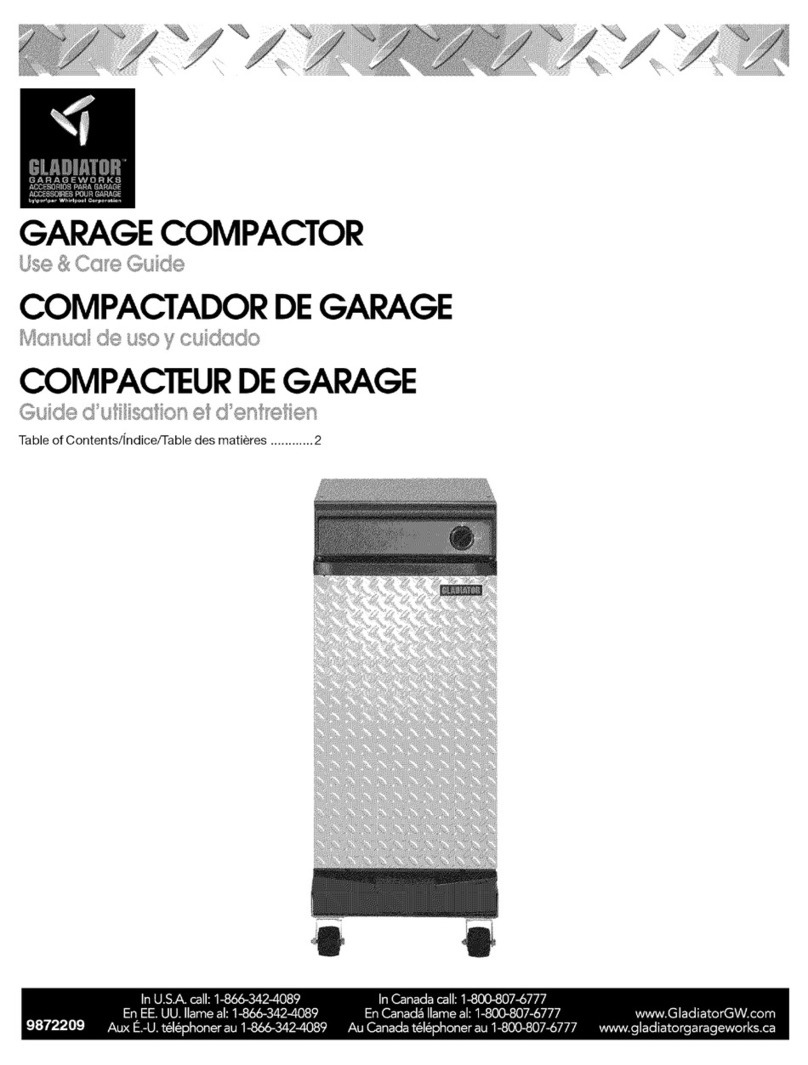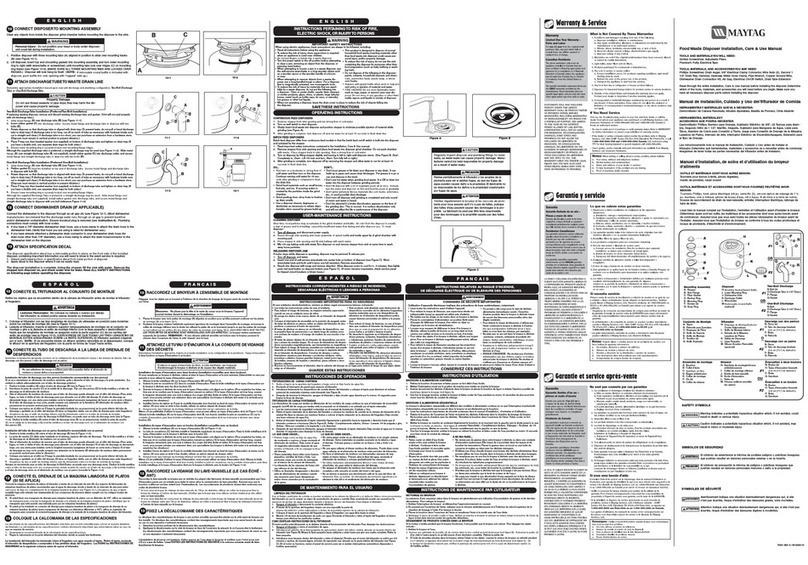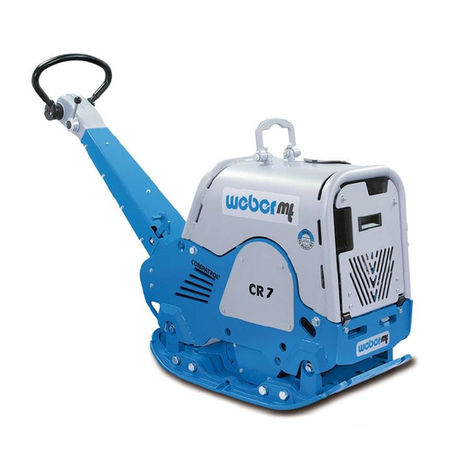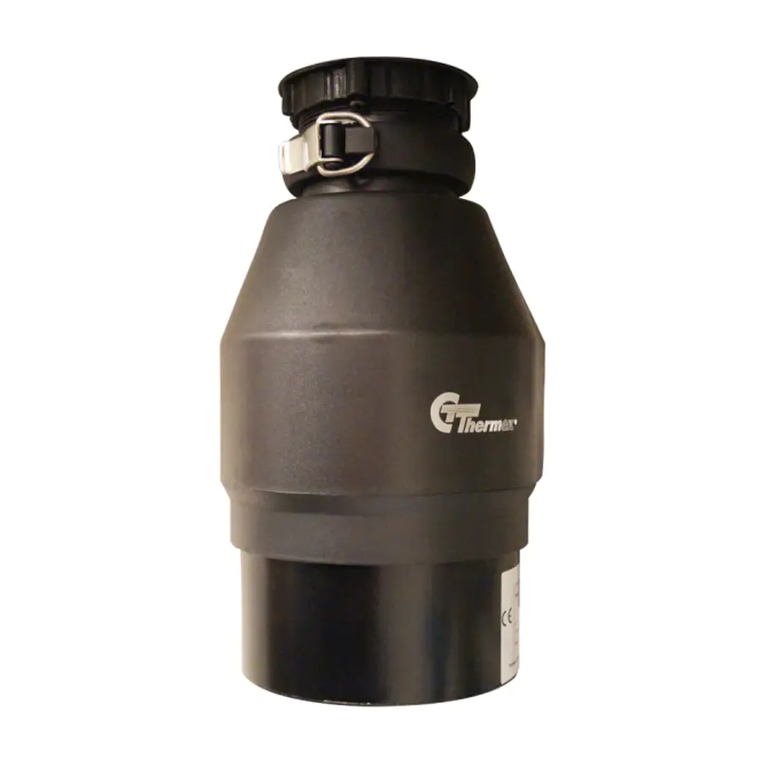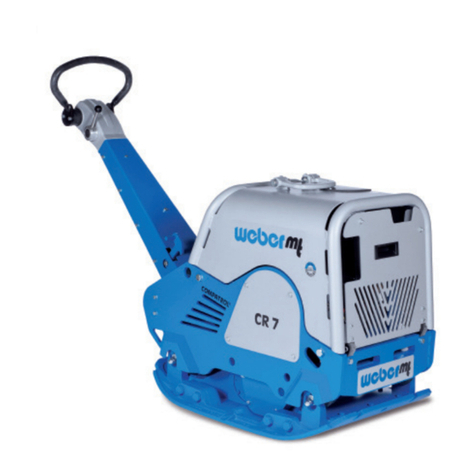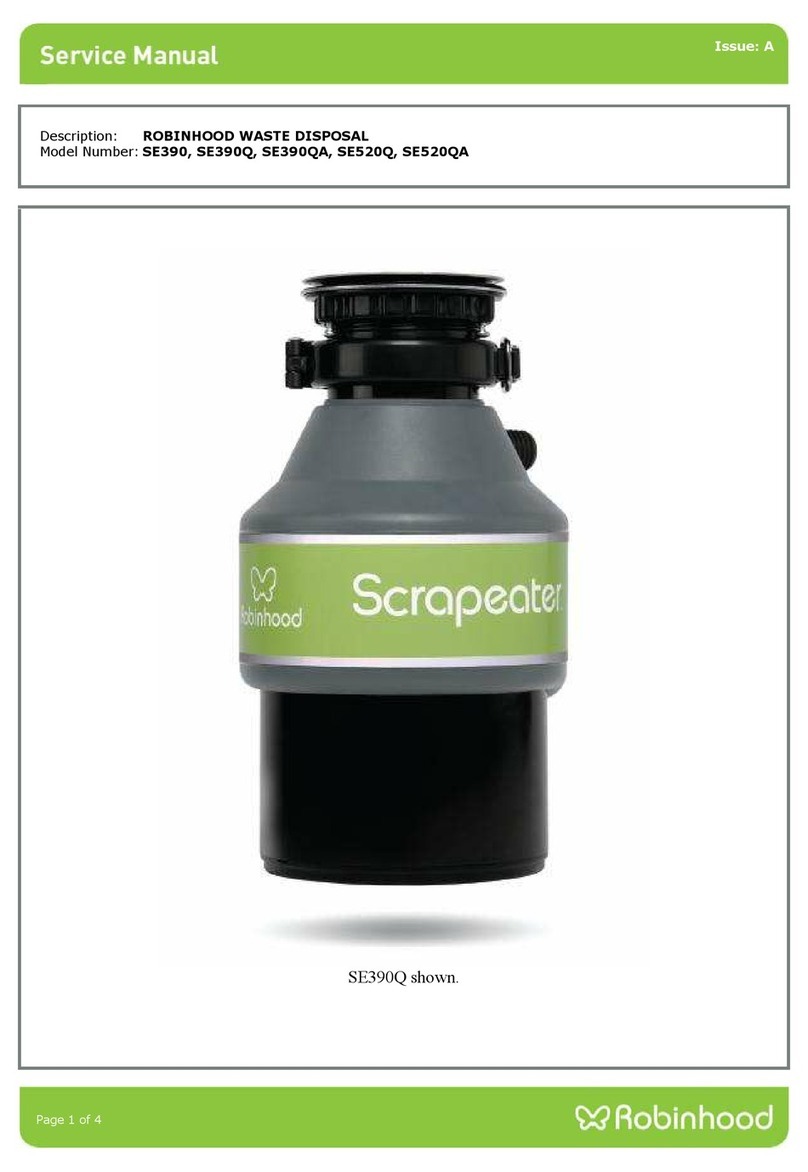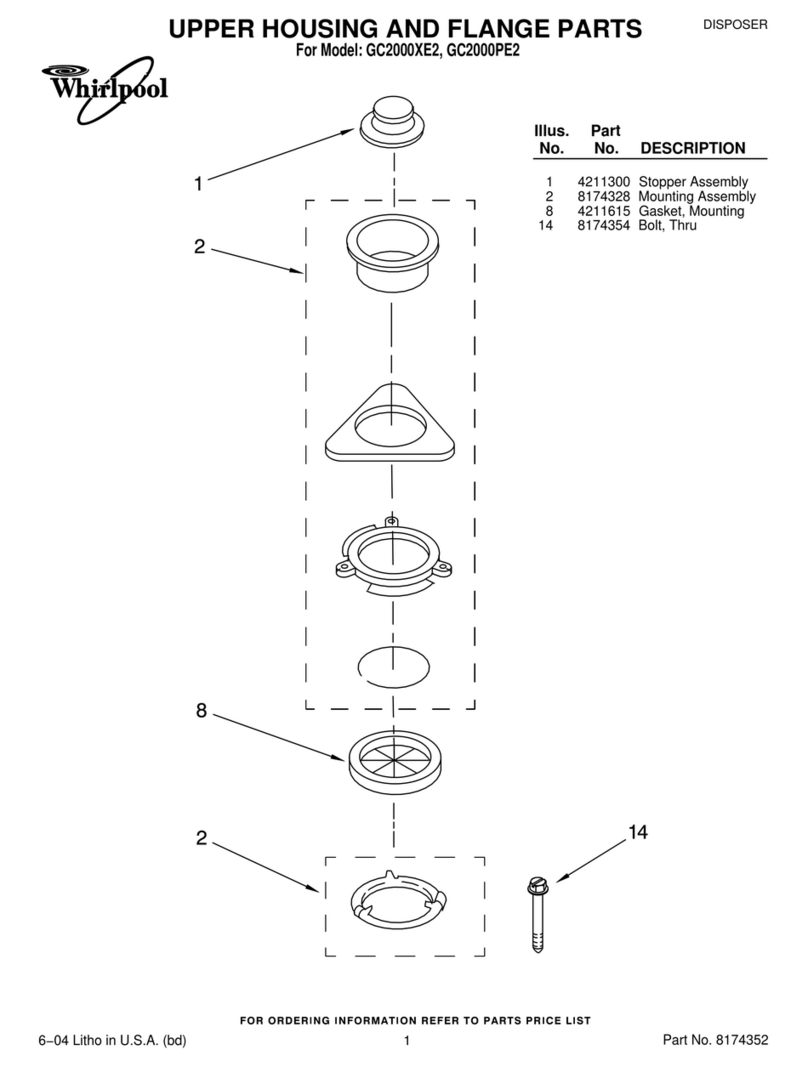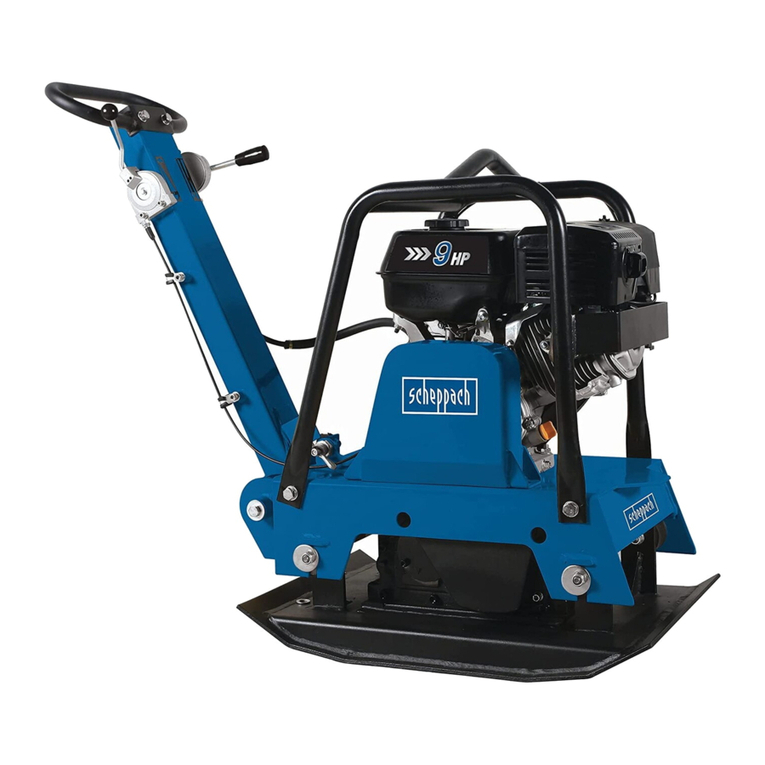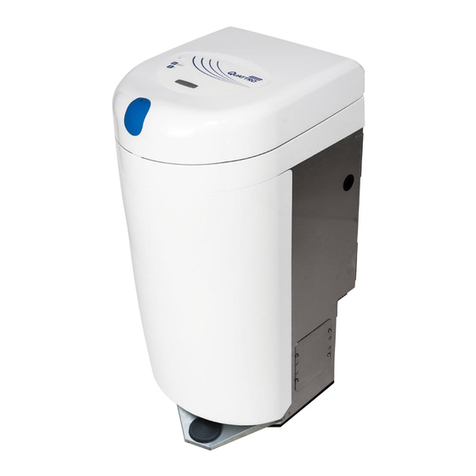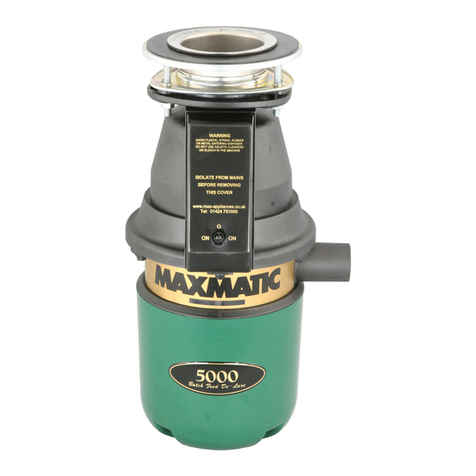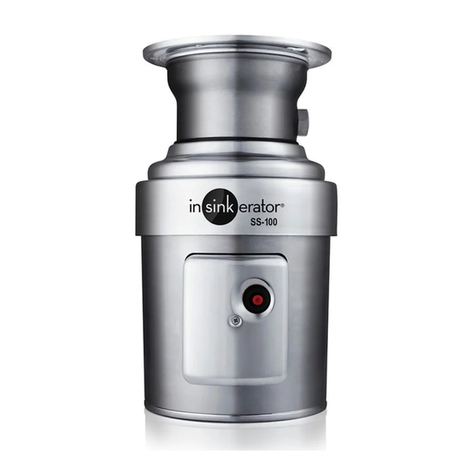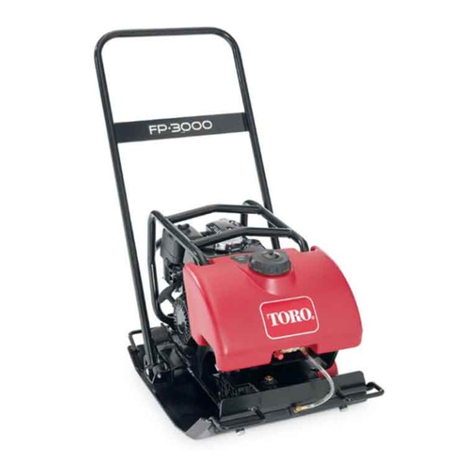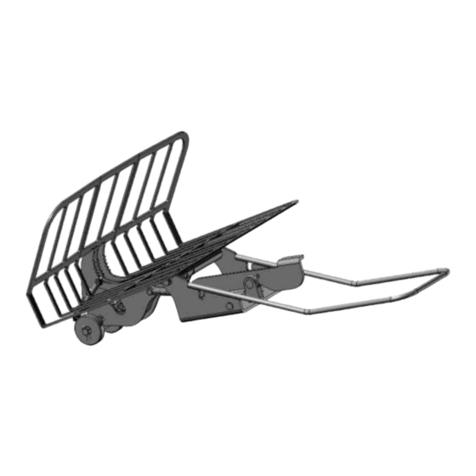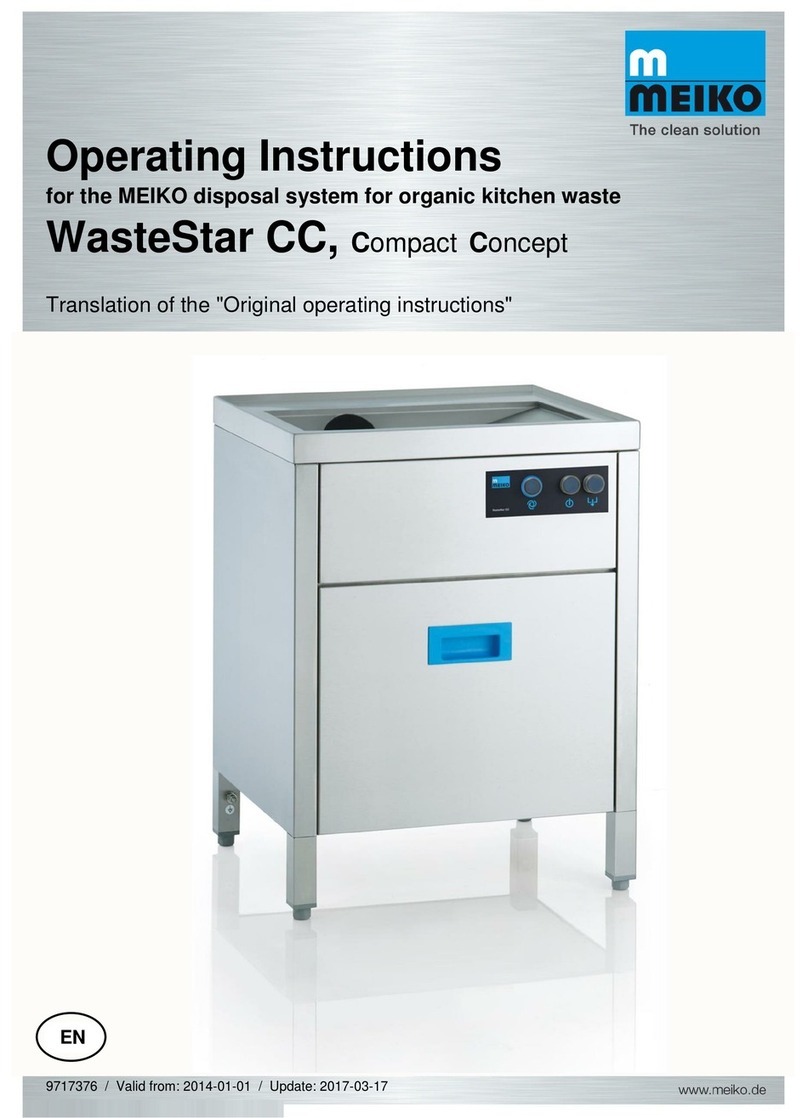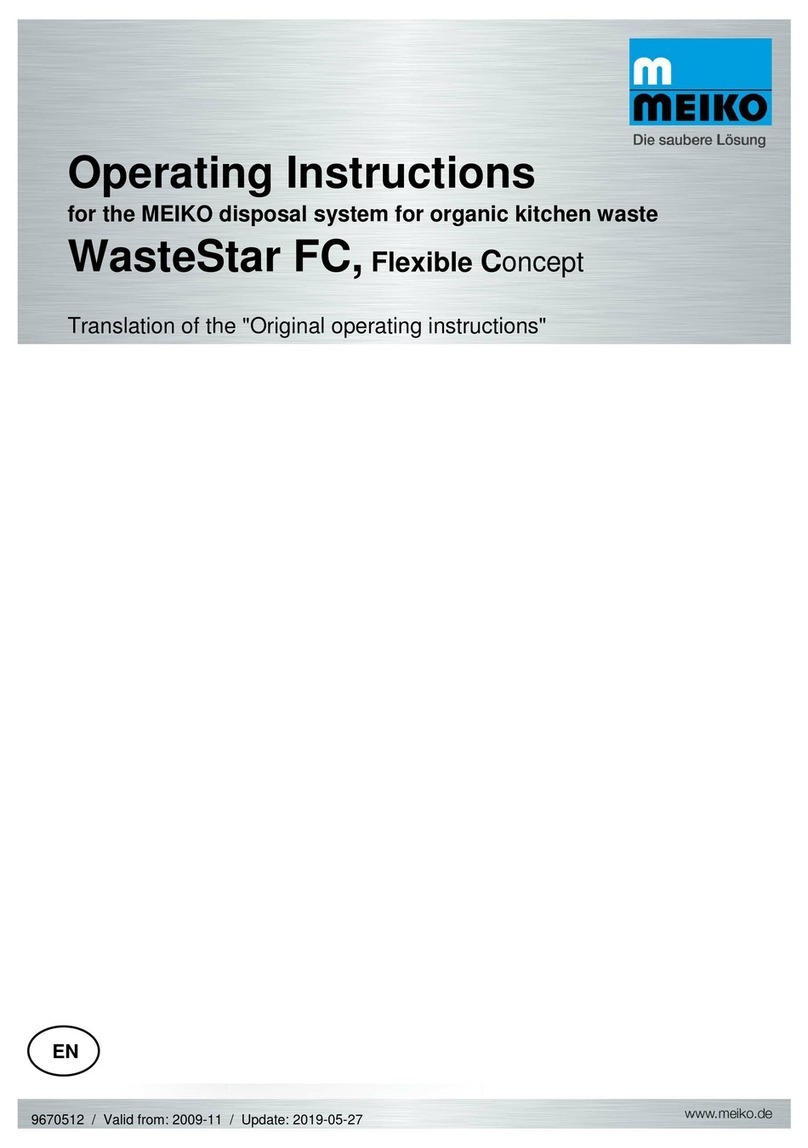
Translation of the "original operating instructions"
Pos: 5/Ü berschriften/1/Ü berschrift Inhaltsverzeich nis@ 0\ mod_14133763 29993_6.docx @ 58 @ @ 1
Contents
=== Ende der Liste für Te xtmarke Inhaltsverzeich nis== =
1Notes to the user....................................................................................................................................4
1.1 The purpose of these operating instructions ......................................................................................4
1.2 Ways we present the information .......................................................................................................4
2Liability and warranty ............................................................................................................................4
2.1 Delivery contents ................................................................................................................................4
2.2 Liability................................................................................................................................................5
2.3 Warranty .............................................................................................................................................5
2.4 Copyright.............................................................................................................................................5
3Safety information..................................................................................................................................5
3.1 Presentation of safety information......................................................................................................5
3.2 Intended uses .....................................................................................................................................6
3.3 Misuse.................................................................................................................................................7
3.4 Risks in dealing with the BioMaster®..................................................................................................8
3.5 Operator's responsibilities ..................................................................................................................9
3.6 Personnel responsibilities...................................................................................................................9
3.7 Personnel qualifications....................................................................................................................10
3.8 Safety devices ..................................................................................................................................11
3.9 Safety marking..................................................................................................................................12
4Transport...............................................................................................................................................13
4.1 Unpacking.........................................................................................................................................14
5Structure and function.........................................................................................................................14
5.1 Function............................................................................................................................................14
5.2 Main group BioMaster®....................................................................................................................15
5.3 Control elements...............................................................................................................................16
5.4 Loading chute ...................................................................................................................................17
5.5 Technical equipment.........................................................................................................................18
6Installation.............................................................................................................................................18
6.1 Unpacking and setting up.................................................................................................................18
6.2 Connections......................................................................................................................................19
6.2.1 Electrical connection.....................................................................................................................19
6.2.2 Cold water connection ..................................................................................................................19
6.2.3 Connecting the biomass transport pipe........................................................................................20
7Commissioning.....................................................................................................................................20
7.1 Safety information.............................................................................................................................20
7.2 Process water quantity .....................................................................................................................21
7.3 Venting the water supply, pump test run, leak check.......................................................................21
7.4 Carry out test run with pure water ....................................................................................................21
7.5 Handover and commissioning report................................................................................................22
8Operation...............................................................................................................................................22
8.1 Safety information.............................................................................................................................22
8.2 Switching on .....................................................................................................................................22
8.3 Opening and closing the lid ..............................................................................................................23
8.4 Filling.................................................................................................................................................23
8.5 Starting the automatic homogenisation cycle...................................................................................24
